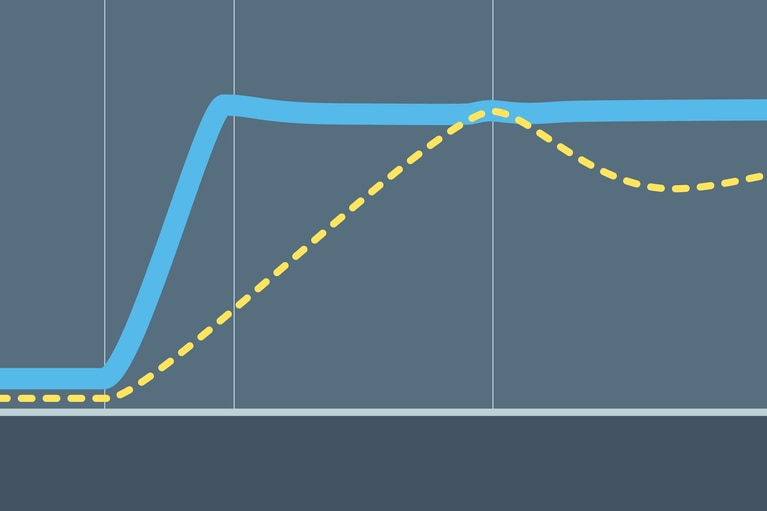
ReVolt – Technical Q&A
ReVolt is cleaning up Hollywood's emission problems today and next will address construction sites, emergency response and events with portable DC power
Dear vicorpower.com users:
In an effort to improve the Vicor website, we will be conducting maintenance on the site Dec. 29th between 11:30 am and 2pm am EST.
Certain parts of the site may not be available during this time, specifically product pages and family matrices.
We apologize for any inconvenience and thank you for your patience.
– Vicor Web Team
Density of power components has increased several orders of magnitude over the past couple of decades. On one hand this has led to a significant reduction in size and cost of power electronic converters; on the other hand, designing the appropriate cooling solution has become more and more challenging. In many cases, thermal management is the gating item that determines the feasibility of a project, and the thermal management solutions need to be evaluated at a very early stage in the design of a power supply.
To simplify your thermal evaluation Vicor has released several simulation models that enable evaluation of the thermal characteristics of our products. The simulator allows you to do a preliminary evaluation of the functionality of our products in your specific environment and operating conditions. The simulator evaluates whether the operating conditions selected by the user when under the selected cooling option are within specification, or if modification to the selected cooling strategy are needed.Overview of Vicor thermal simulator interface. In this example, the cooling type selected was “Heat Sink”. The Option of a “User Defined Cold Plate” is also available.
With just a few clicks, you can select the Vicor power component you are planning to use, customize your source and load conditions, ambient temperature, and evaluate the feasibility under several possible choices of cooling solutions. These solutions may include various types of Vicor heatsinks, as well as custom defined cold plate solutions. In a few seconds you will be able to determine the ideal cooling approach for your project, and you can proceed with your design knowing that thermal management has been addressed already!
Figure 2: Examples of results returned by the thermal simulation: the top image shows a cooling solution that is adequate for the selected operating conditions; the bottom one shows a cooling solution that is undersized, and provides directions on how to improve the thermal management.
ReVolt – Technical Q&A
ReVolt is cleaning up Hollywood's emission problems today and next will address construction sites, emergency response and events with portable DC power
Bidirectional power and transient speed enable scalable active suspension
Sine Amplitude Converter™ modules offer a unique combination of bidirectionality and transient response to unlock new possibilities for active suspension
Delivering improved peak power and dynamic transient response to unlock lighter, more powerful EV architectures
With each passing year, electric vehicles (EVs) on the market are becoming increasingly reliant such as steer-by-wire, brake-by-wire and active suspension.
Current multipliers: The obvious choice for powering AI processors and other demanding applications
AI processors need to handle low-voltage, high-current demand, which can cause power system bottlenecks. Learn how current multiplication can change that




